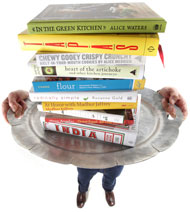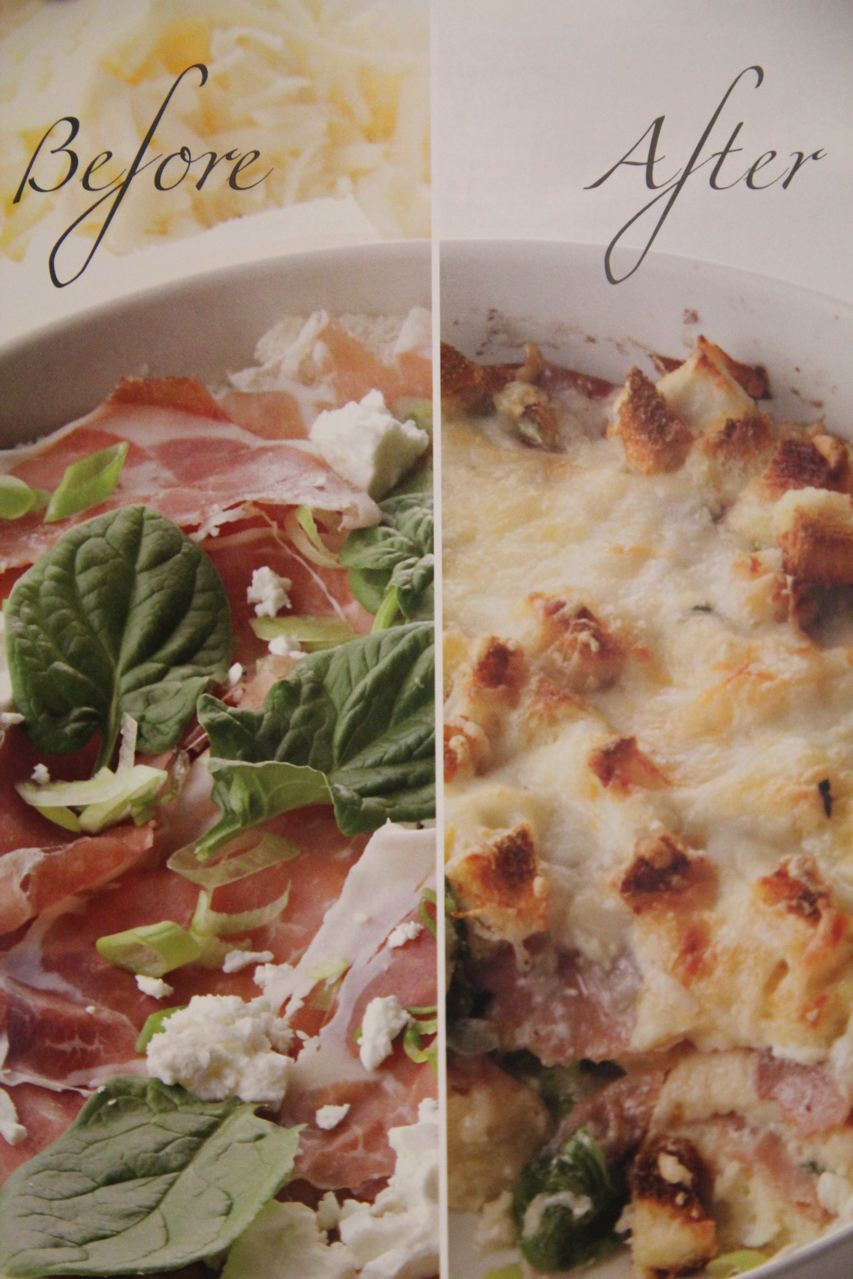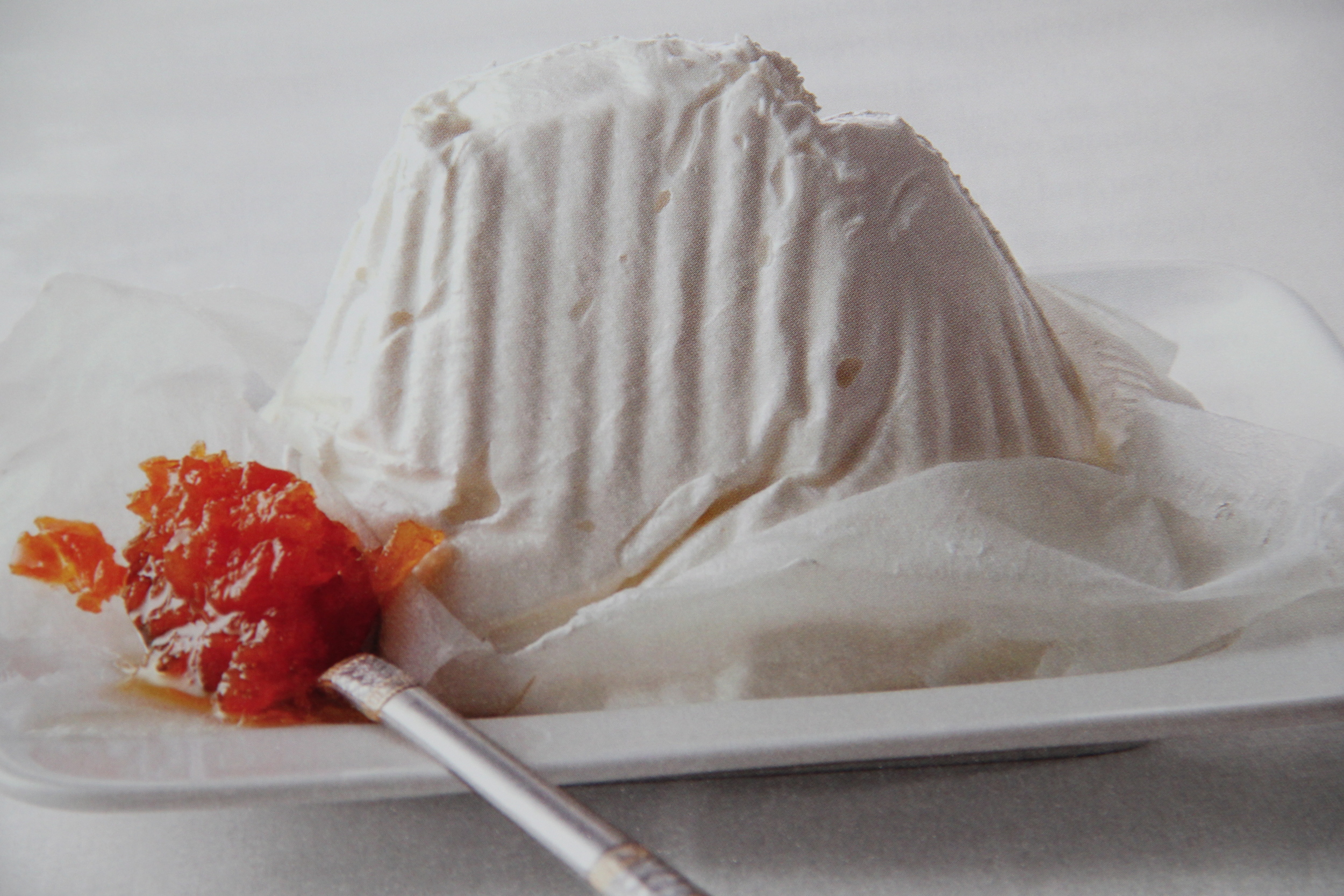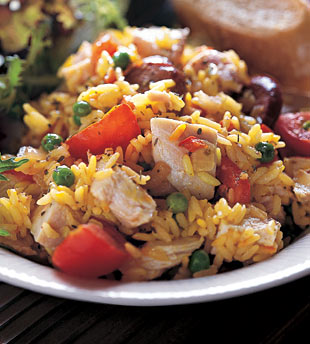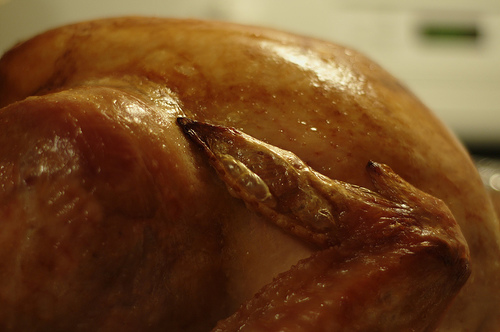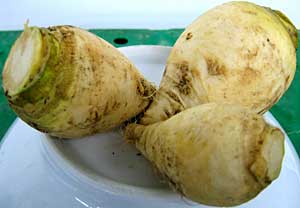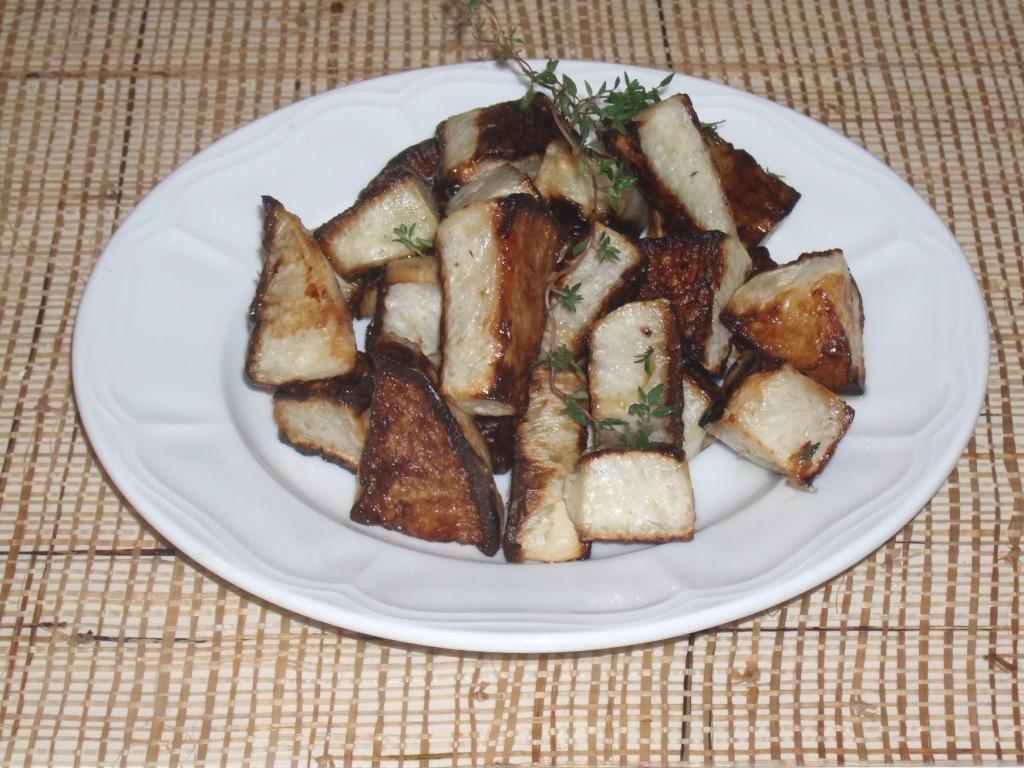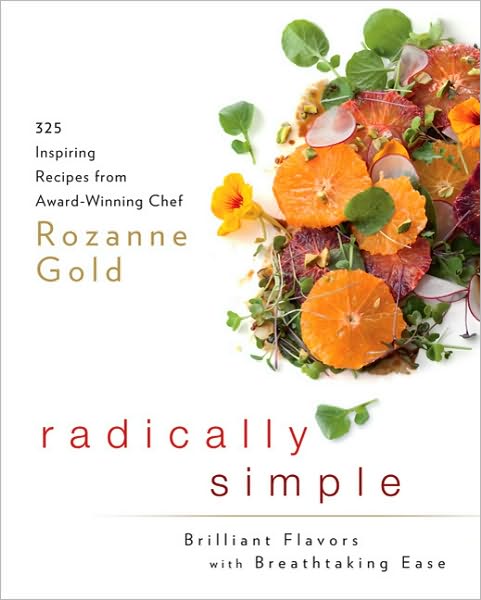 Thick and fluffy as bath towels, my new formulation for making pancakes allows both you, and the batter, to rise slowly in the morning. Self-rising flour and extra baking powder provide the levitation; buttermilk, vanilla and olive oil provide the flavor. The batter should be used within 15 hours of making and so the optimal timing would be to prepare the batter just before you go to bed. Make it at 10:00 p.m. and presto, the voluminous batter will be perfect for your oil-slicked frying pan anytime before noon the next day. A big diner-size griddle would be the best way to cook these but I don't happen to have one. Instead I just add a sheen of olive oil (yes! -- I use it in the batter, too) to my largest nonstick frying pan and make them three at a time. I'm a one-handed flapjack flipper. The other hand is reserved for a large mug of very strong coffee, tightly held, until the last drop of batter is used. This recipe yields about 14 pancakes making it possible to invite 4 to 6 hungry guests to linger around your breakfast table. Given the timing of the operation, these would best be served on weekends.
Drizzle on your best maple syrup (at our house we use Grade B syrup because it has the best flavor) or top with fresh blueberries, briefly cooked in simple syrup (sugar boiled in water until dissolved). In winter, when bananas and strawberries-from-somewhere are available, I dice both fruits into grade A maple syrup, add chopped roasted almonds, and cook it until the fruit gently perfumes the syrup. It, too, is radically simple to prepare.
Double-Rise Pancakes with Strawberries, Bananas & Almonds
2 extra-large eggs
1 cup buttermilk
3 tablespoons sugar
1 tablespoon baking powder
1 teaspoon pure vanilla extract
2 tablespoons olive oil, plus more for the pan
1-1/2 cups self-rising cake flour
Thick and fluffy as bath towels, my new formulation for making pancakes allows both you, and the batter, to rise slowly in the morning. Self-rising flour and extra baking powder provide the levitation; buttermilk, vanilla and olive oil provide the flavor. The batter should be used within 15 hours of making and so the optimal timing would be to prepare the batter just before you go to bed. Make it at 10:00 p.m. and presto, the voluminous batter will be perfect for your oil-slicked frying pan anytime before noon the next day. A big diner-size griddle would be the best way to cook these but I don't happen to have one. Instead I just add a sheen of olive oil (yes! -- I use it in the batter, too) to my largest nonstick frying pan and make them three at a time. I'm a one-handed flapjack flipper. The other hand is reserved for a large mug of very strong coffee, tightly held, until the last drop of batter is used. This recipe yields about 14 pancakes making it possible to invite 4 to 6 hungry guests to linger around your breakfast table. Given the timing of the operation, these would best be served on weekends.
Drizzle on your best maple syrup (at our house we use Grade B syrup because it has the best flavor) or top with fresh blueberries, briefly cooked in simple syrup (sugar boiled in water until dissolved). In winter, when bananas and strawberries-from-somewhere are available, I dice both fruits into grade A maple syrup, add chopped roasted almonds, and cook it until the fruit gently perfumes the syrup. It, too, is radically simple to prepare.
Double-Rise Pancakes with Strawberries, Bananas & Almonds
2 extra-large eggs
1 cup buttermilk
3 tablespoons sugar
1 tablespoon baking powder
1 teaspoon pure vanilla extract
2 tablespoons olive oil, plus more for the pan
1-1/2 cups self-rising cake flour
1 cup real maple syrup 1 cup finely diced bananas 1 cup finely diced strawberries 1/2 cup chopped roasted almonds
In a blender, combine the eggs, buttermilk, sugar, baking powder, vanilla, 2 tablespoons oil, flour, and 1/2 teaspoon salt. Blend until smooth. Place the covered blender in the refrigerator overnight. Whirl the batter in the blender before using. Combine the syrup, bananas, and strawberries in medium saucepan. Cook 5 minutes over high heat, stirring often. Stir in 1/4 cup of the almonds. Heat a griddle (or very large frying pan); brush with oil. Stir the batter; ladle by 1/4 cups onto the griddle, leaving space between the pancakes. Cook until browned, 3 minutes; turn, cook until golden, 2 minutes longer. Serve with the topping and remaining almonds. Serves 4 to 6

